The Telecrypt Ransomware is a fairly new encrypting file infection, who one day could secretly penetrate into the system. It is obvious that it requires an Internet connection to act in the manner as it has been programmed, because they, quickly found out how researchers, always establishes a connection with the C & C server. Based on the information collected by experts, live the most victims of this threat in Russia. It seems that this Ransomware infection with the intention was developed to attack computer users who live in this area, because the ransom demand and other texts of the Telecrypt Ransomware in Russian are written. Of course, there is no guarantee that users who live on the other side of the Earth, will not encounter this Ransomware infection. If you are reading this article because you have discovered this infection on your system, you should remove completely, no matter, where you live. The manual removal instructions located under this article, but before you use it to delete the Telecrypt Ransomware, you read through this article to learn more about these Ransomware infection.
The Telecrypt Ransomware encrypts files and sets just like other known Ransomware infections, a communication on the desktop She differs a little from earlier threats. The investigation, which was carried out by experts at 2-delete-spyware.com has revealed that the Telecrypt Ransomware used the telegram channels (telegram.org) as their command and control server, which is not the case with other similar infections. This Ransomware infection was developed, for example, so that it sends the information (for example, computer name and infectious ID) associated with the infected system, this telegram channel to the developers. To send this information to the link of the telegram API upon entry of the Telecrypt Ransomware is validated.
Once this Ransomware infection is installed, she receives the key of their C & C server and then begins with the scanning of the system to find personal files, which can encrypt them. The investigation has shown that this infection should encrypt files that have only the following file name extensions:. cd, .dbf, .doc, .docx, .dt, .jpeg, .jpg, .pfd, .png, .xls and. xlsx. Some versions of this threat hanging. Xcri on these encrypted files, should but this extension not the original extensions of your files have replaced, this still means that there is a dangerous Ransomware infection in your system, which must be removed. You could of course ask us why these Ransomware infections block the files of the user. The answer to this question is obvious – the Zeil of these threats is to pull money out of your pocket to users. At the time of this writing, the Telecrypt Ransomware demands a ransom amounting to 5000 RUB, which is equivalent to about 74 euros. You tried to convince users that the only way to unlock the files is to pay; for the decryption key our researchers however believe that users should not rush this. It is not at all surprising that so many users choose to pay the cybercriminals, but before you, as instructed, transfer money through Yandex money or Qiwi, you should know that you not can unlock your files, even if you pay a ransom. To be more specific, there are cases where nothing send users after they have received the money Cyberschurken.
Even if the Telecrypt Ransomware secretly enters computer, it is soon apparent that she is in the system. In fact not even attempting to hide their presence. It has been noted, that this infection, right after she has successfully infiltrated the system and encrypted the files, downloads a ransom demand by a malicious Web site. The file that is responsible for displaying the ransom demand is Xhelp.exe. It is the same after it is stored in the directory and on the desktop, run. There is also the file of База зашифр файлов.txt, which contains all the paths of files that have been encrypted, created on the desktop. Fortunately, the Telecrypt Ransomware locks no system utilities (for example, registry editor and Task Manager), and the window with the ransom demand, which opens on the desktop, can be easily closed by clicking on the X in the upper right corner. This shows that it should be not difficult to remove the threat from your system.
Before we talk about the removal of the Telecrypt Ransomware, we want to give more information about their distribution once again make same mistake in the future. According to experts, who specialize in cyber security, malicious applications tend to, without permission to penetrate into computer, and the Telecrypt Ransomware makes no exceptions. They found out that she distributed via spam emails. More specifically, the malicious file of Ransomware infection is disguised as an E-Mail attachment, and can look even as a simple document which explains, why so many people safely open it, even if they know about the dangers that may emanate from spam emails. Never open attachments from spam emails, if you want to never again encounter a file encrypting infection. All users should have security software installed and enabled on your computer.
Ransomware infections are dangerous threats, but it is possible in most cases to remove them manually. The Telecrypt Ransomware can be removed manually. What you need to do first is to close the window that has opened them on the screen. Then you will need to remove their files and the malicious file that you have open. You can consult like the manual removal Guide, which you can find if you hinunterscrollen. You can also automatically delete the Telecrypt Ransomware. Their files are not unlocked, but you must ensure that this Ransomware is deleted in their entirety, notwithstanding, you decide to delete this malicious application.
Delete the Telecrypt Ransomware
Warning, multiple anti-virus scanners have detected possible malware in Telecrypt Ransomware.
| Anti-Virus Software | Version | Detection |
|---|---|---|
| McAfee | 5.600.0.1067 | Win32.Application.OptimizerPro.E |
| Baidu-International | 3.5.1.41473 | Trojan.Win32.Agent.peo |
| Malwarebytes | 1.75.0.1 | PUP.Optional.Wajam.A |
| Malwarebytes | v2013.10.29.10 | PUP.Optional.MalSign.Generic |
| McAfee-GW-Edition | 2013 | Win32.Application.OptimizerPro.E |
| ESET-NOD32 | 8894 | Win32/Wajam.A |
| NANO AntiVirus | 0.26.0.55366 | Trojan.Win32.Searcher.bpjlwd |
| K7 AntiVirus | 9.179.12403 | Unwanted-Program ( 00454f261 ) |
| VIPRE Antivirus | 22224 | MalSign.Generic |
| Kingsoft AntiVirus | 2013.4.9.267 | Win32.Troj.Generic.a.(kcloud) |
| VIPRE Antivirus | 22702 | Wajam (fs) |
Telecrypt Ransomware Behavior
- Distributes itself through pay-per-install or is bundled with third-party software.
- Modifies Desktop and Browser Settings.
- Shows Fake Security Alerts, Pop-ups and Ads.
- Common Telecrypt Ransomware behavior and some other text emplaining som info related to behavior
- Slows internet connection
- Installs itself without permissions
- Telecrypt Ransomware Deactivates Installed Security Software.
- Changes user's homepage
- Redirect your browser to infected pages.
Telecrypt Ransomware effected Windows OS versions
- Windows 10
- Windows 8
- Windows 7
- Windows Vista
- Windows XP
Telecrypt Ransomware Geography
Eliminate Telecrypt Ransomware from Windows
Delete Telecrypt Ransomware from Windows XP:
- Click on Start to open the menu.
- Select Control Panel and go to Add or Remove Programs.
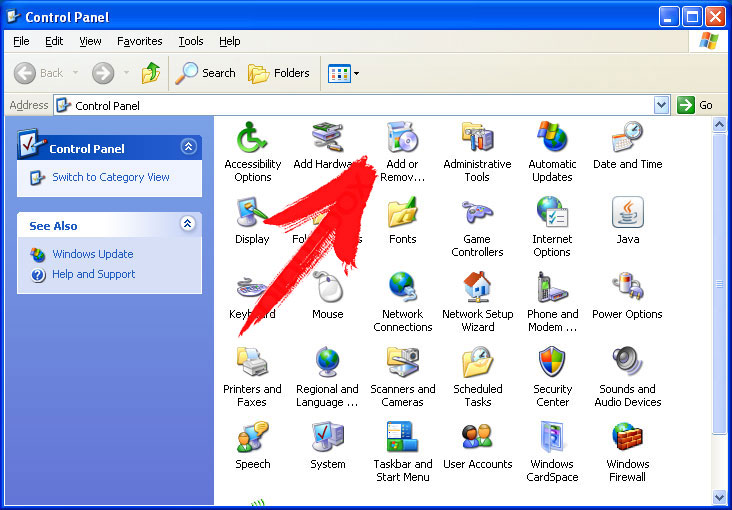
- Choose and remove the unwanted program.
Remove Telecrypt Ransomware from your Windows 7 and Vista:
- Open Start menu and select Control Panel.
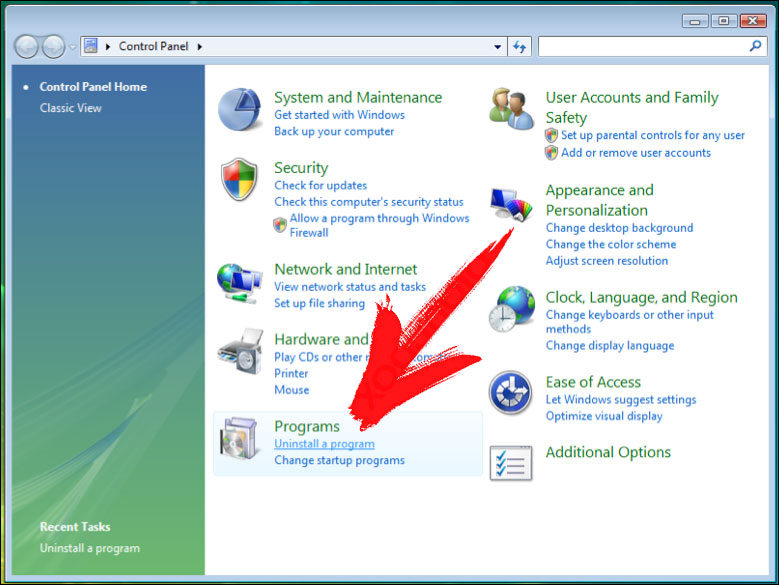
- Move to Uninstall a program
- Right-click on the unwanted app and pick Uninstall.
Erase Telecrypt Ransomware from Windows 8 and 8.1:
- Right-click on the lower-left corner and select Control Panel.
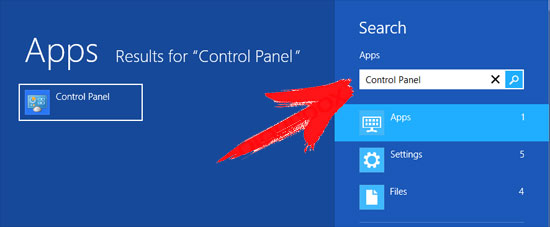
- Choose Uninstall a program and right-click on the unwanted app.
- Click Uninstall .
Delete Telecrypt Ransomware from Your Browsers
Telecrypt Ransomware Removal from Internet Explorer
- Click on the Gear icon and select Internet Options.
- Go to Advanced tab and click Reset.
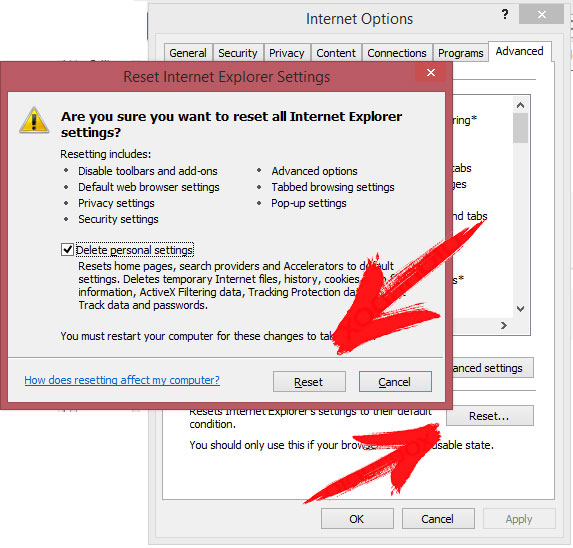
- Check Delete personal settings and click Reset again.
- Click Close and select OK.
- Go back to the Gear icon, pick Manage add-ons → Toolbars and Extensions, and delete unwanted extensions.
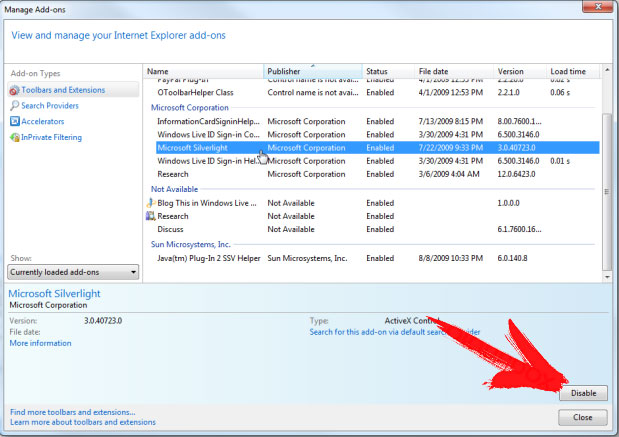
- Go to Search Providers and choose a new default search engine
Erase Telecrypt Ransomware from Mozilla Firefox
- Enter „about:addons“ into the URL field.
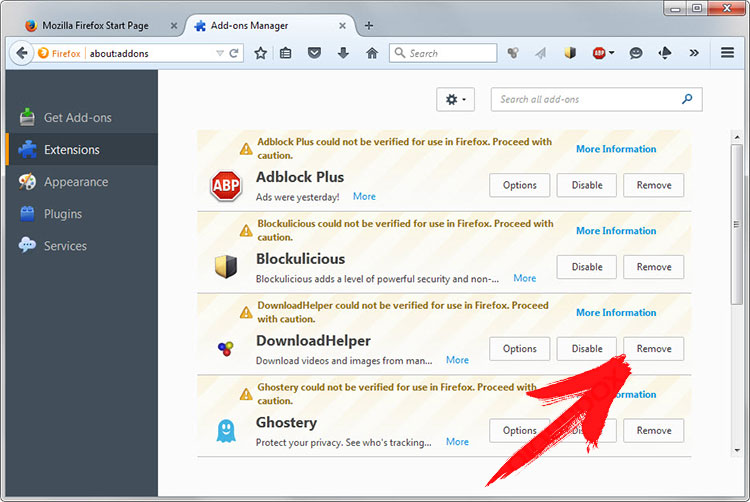
- Go to Extensions and delete suspicious browser extensions
- Click on the menu, click the question mark and open Firefox Help. Click on the Refresh Firefox button and select Refresh Firefox to confirm.
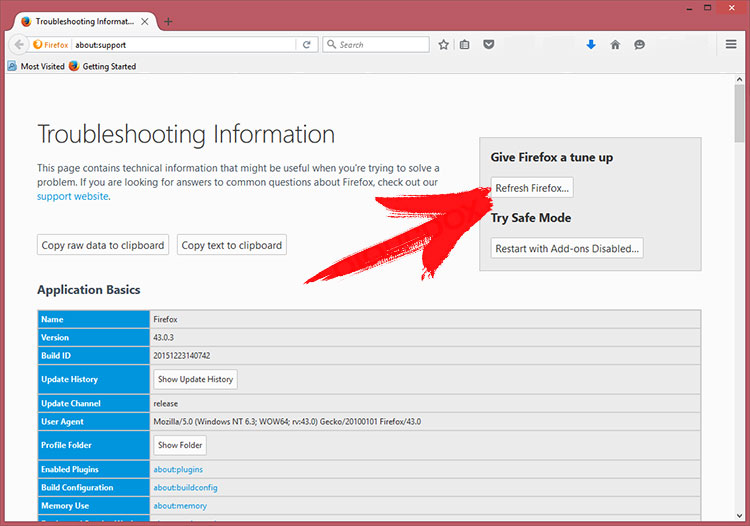
Terminate Telecrypt Ransomware from Chrome
- Type in „chrome://extensions“ into the URL field and tap Enter.
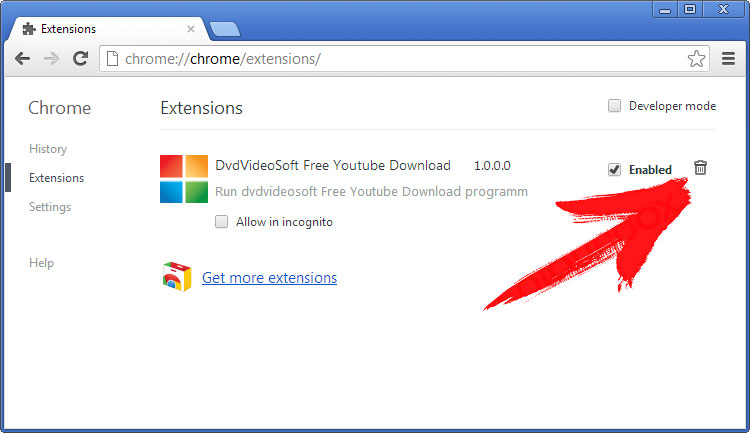
- Terminate unreliable browser extensions
- Restart Google Chrome.
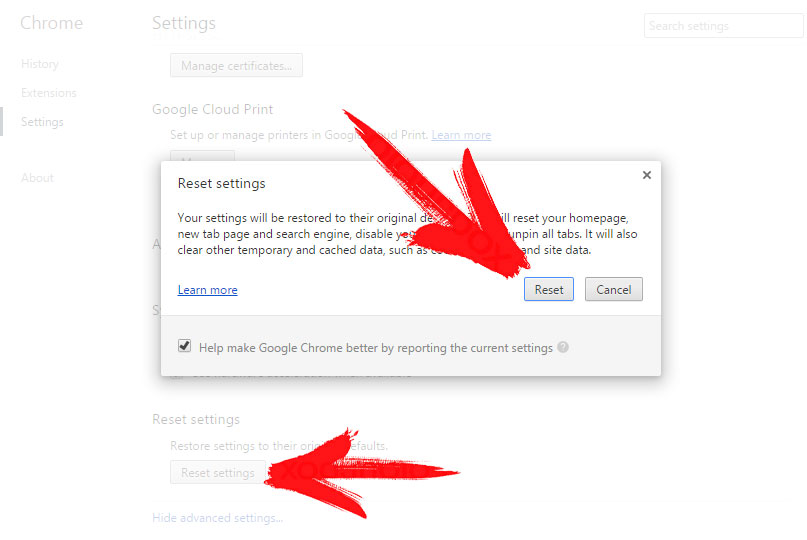
- Open Chrome menu, click Settings → Show advanced settings, select Reset browser settings, and click Reset (optional).